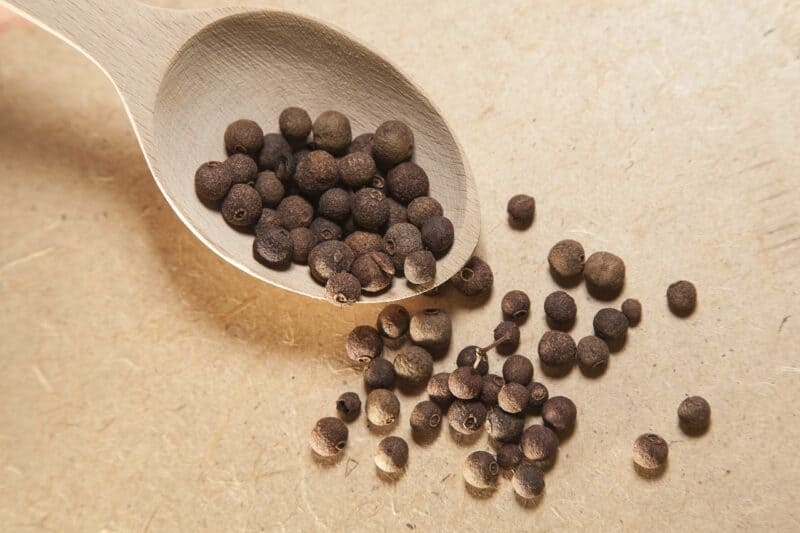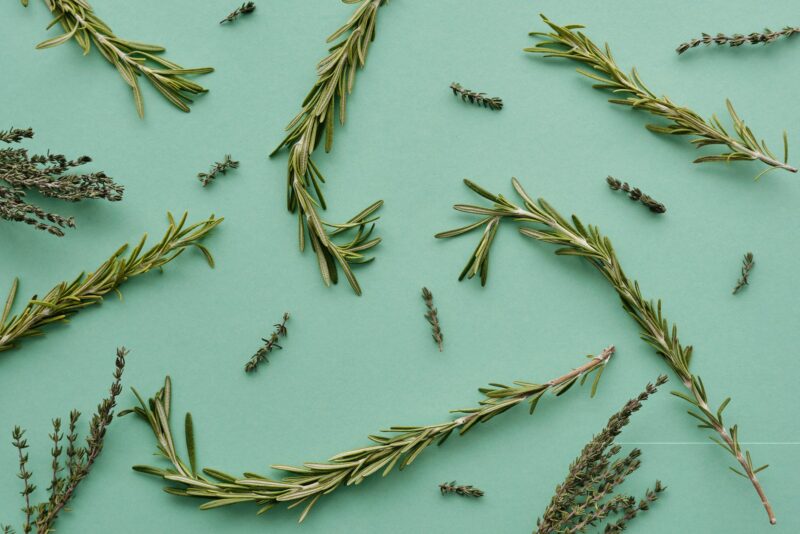If you work in aromatherapy, there’s a strong possibility you’ve come across the scent of myrrh at some point. Myrrh, like frankincense, is a resin that appears in a variety of religious and spiritual contexts.
The most well-known of these is mentioned in the Christian Bible as one of the three gifts delivered by the Magi to the newborn baby Jesus (Matthew 2:11).
After coming into the house they saw the Child with Mary His mother; and they fell to the ground and worshiped Him. Then, opening their treasures, they presented to Him gifts of gold, frankincense, and myrrh.
Myrrh is also mentioned in the books of Exodus and Esther as an ingredient in the “oil of holy ointment” and as an item used in the cleansing of women. Even more intriguing, it’s referenced in the Song of Solomon as a fairly sensual aroma. What was the significance of it in the early writings of the Bible? It’s possible because it was a sacred artifact to the Hebrews, as described in the Tanakh and Talmud. Ketoret, an incense blend consecrated and used in the early temples of Jerusalem, was made with myrrh.
Myrrh is used for its healing effects in several systems of Eastern medicine. The aroma is thought to lift one’s emotions and soothe the soul, and it’s frequently used to treat nervous system illnesses. Because of its analgesic effects, myrrh is sometimes used as a component in toothpaste and mouthwashes in the Western world.
Myrrh is available as an oil in addition to the resin, which is often utilized in spellwork and rituals. Myrrh oil is utilized in various aromatherapy methods to aid in the healing of coughs and colds, sleeplessness, pain alleviation, and immune system stimulation.
Myrrh oil, like many other essential oils, should not be taken internally without the advice of a healthcare practitioner.
When it comes to magical usage, myrrh can be used in a variety of ways. In reality, the options are practically limitless. Because of its powerful aroma, it’s frequently combined with other plants or resins, such as frankincense or sandalwood. Myrrh is associated with purification and cleaning, and it can be used in a variety of ritual and magical contexts. One or more of the following suggestions may be helpful:
Myrrh and frankincense are burned together in banishment ceremonies. Myrrh is used in some magical traditions to dissolve hexes and curses, as well as to defend against magical and psychic attacks.
You can also make incense out of myrrh to use for cleaning sacred locations or consecrating magical equipment and other objects.
Myrrh was commonly used as an offering to the goddess Isis in ancient Egypt, so if you’re undertaking a ritual to ask her for help, include myrrh in your celebration.
If you’re stressed, consider burning some myrrh in the vicinity to help relax and soothe your nerves. Another fantastic choice? Put it in a pouch and set it under your pillow for a comfortable and tranquil night’s sleep.
For wellness-related work, add myrrh to healing sachets. To create a perfumed ambiance in the sick room, place some myrrh in a tin or bowl of water over a heat source if someone who is ill can bear the aroma.
Use myrrh in incense blends for Litha or Beltane, such as Full Moon Incense or a hot summer incense blend.





